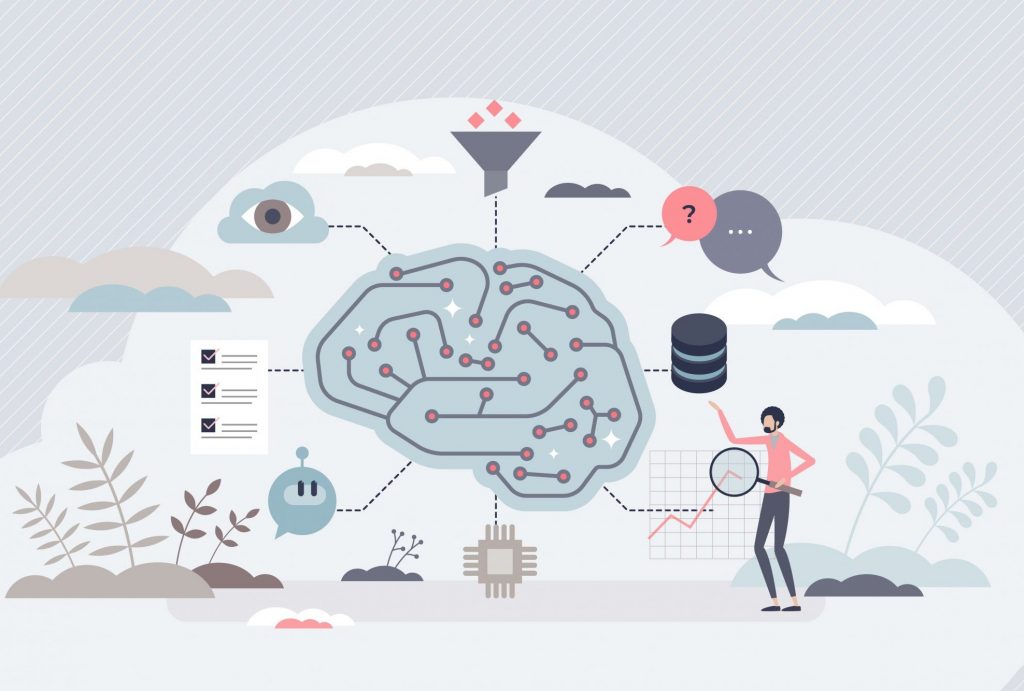
Researchers Find New Alloys, Polymers through AI Machine Learning Instructions
The news organization called Axios has an updated yet old-fashioned approach to writing news articles for axios.com. They use the simple process of investigation. The Who, What, Where, Why and How process.
This week they write about using AI to create and produce entirely new production material. New compounds to build new products we have never seen.
New materials and molecules are needed for the batteries, drugs, and semiconductors envisioned to underpin a green grid, precision medicine, and the next generation of computing and communications.
“Ultimately, this new technology drives the next revolution, maybe the next major scientific revolution,” says Olexander Isayev, a professor of chemistry at Carnegie Mellon University.
The U.S., China, EU, and Japan have ongoing initiatives to spur the development of materials by building libraries of compounds that can be tested and potentially developed into new materials.
The U.S. led the world in publications in the field two decades ago, but China now holds the top position in materials science research by this measure.
It can take decades to get new material to market in a process that involves an almost “artisanal science,” Isayev says.
But as some laboratory tasks are automated and AI is integrated into the analysis of scientific data, materials scientists and chemists are using machine learning and other tools to perform computations and simulations that can point them to candidates for new catalysts, polymers, and other materials with unique properties.
But as some laboratory tasks are automated and AI is integrated into the analysis of scientific data, materials scientists and chemists are using machine learning and other tools to perform computations and simulations that can point them to candidates for new catalysts, polymers, and other materials with unique properties. The researchers identified two new alloys after six times through the loop.
It took two to three months, compared to years of experiments typically required to find a new alloy, said Ziyuan Rao, a postdoctoral researcher at the Max Planck Institute for Iron Research in Germany and a co-author of the paper, published in the journal Science.
Now they have to figure out how to make the compound.
It’s much more difficult to train AI models to predict how to synthesize a material, in part because there isn’t data on what can’t be synthesized, says Keith Butler, a senior lecturer at Queen Mary University of London.
Researchers are starting to employ AI to try to optimize the manufacturing of materials like perovskites, which are used for advanced solar cells. The National Science Foundation awarded $20 million over five years to the new Center for Computer-Assisted Synthesis at Notre Dame University to take on the problem.
How It Works
The team put data about different alloys — some of it more than 100 years old — into an AI model that determines correlations between alloy properties and the elements in them and generates hundreds of thousands of candidate materials. A neural network then whittles that down to about 1,000 remaining candidates
So this concept of AI teaching researchers and then researchers producing new synthetic materials are as exciting as space exploration. This process will produce vast amounts of new materials that will find their way into everyday marketplaces for consumers to enjoy.
read more at axios.com.







Leave A Comment